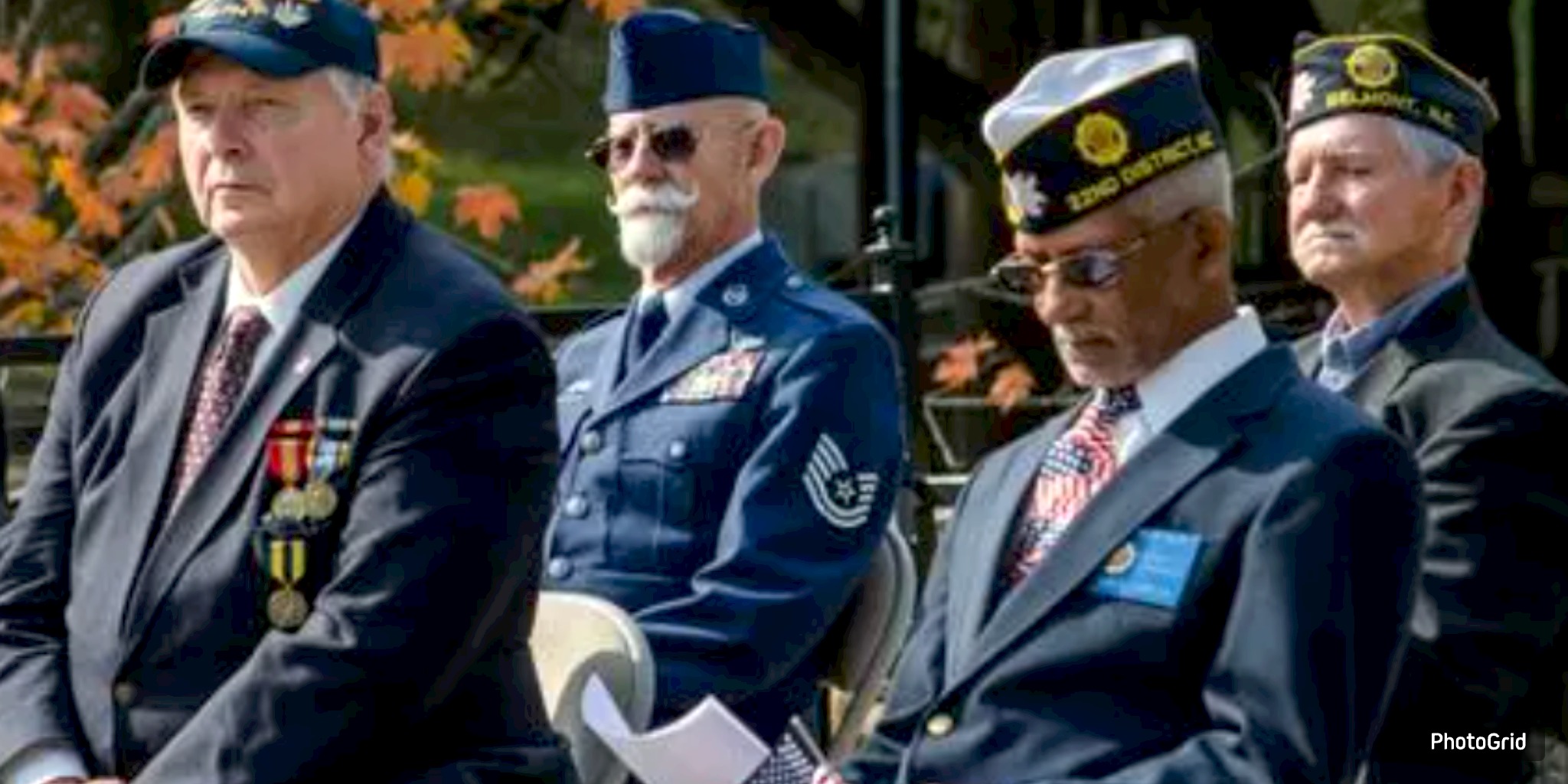The launch party for Ghost Coast, a red lager named for the island’s so-called “ghost wolves,” drew scientists, filmmakers, and a large local turnout. The event highlighted recent genetic findings linking Galveston coyotes to the extinct red wolf and underscored growing community support for habitat conservation amid new development.
.jpg)
The launch of Ghost Coast, a red lager named after the island's "ghost wolves," by Galveston Island Brewing drew the attention of researchers, film crews, and hundreds of residents. This event highlighted new genetic evidence that connects local coyotes to the long-gone red wolf and fueled a burgeoning conservation movement.
The brewery's celebration brought together two scientists who were instrumental in that discovery: Dr. Kristin Brzeski and Dr. Bridgett vonHoldt. They had previously reported the discovery of genetic material in Galveston's coyotes that connects them to the red wolf, a canine that disappeared from the Gulf Coast decades ago.
According to the organizers, the brewery's most successful celebration to date was the launch.
Jo Hewett, an East End resident who is involved in habitat preservation, shared with the Chron that there was a substantial turnout. "Kristen and Bridgett traveled to the event. Other individuals also made the journey, and many locals attended." Everyone seemed to be there to honor the coyotes, but they were also celebrating community and conservation.
Since their appearance on PBS' Chasing the Tide, the island's canines have garnered national attention. Recent visitors to Galveston included film crews from National Geographic and CNBC. National Geographic's forthcoming documentary will feature the island's wolf populations, and CNBC is currently reporting on Colossal Biosciences' genetic research, which utilized phantom wolf DNA in high-profile cloning experiments this year.
Josh Henderson, the superintendent of the Animal Services Unit at the City of Galveston, has provided producers with footage and is currently compiling additional material. "I have a substantial Google Drive folder containing my footage to assist them in completing the gaps," he stated.
Henderson, using GPS monitoring data from the Gulf Coast Canine Project, predicts that the island is home to as many as 11 packs, with an average of 8 coyotes per pack. This implies a population of approximately 80 to 100 animals, which is subject to fluctuations during breeding seasons. The city maintains an online map documenting sightings and encounters from East Beach to San Luis Pass.
The animals' increasing visibility has prompted local leaders and developers to consider potential impacts on the habitat. Mayor Craig Brown recently commended Royal Crown Enterprises for incorporating community conservation input into its $540 million West End Sachs Seawall project, which the City Council unanimously approved. Developer Mohamed Eldawy has also communicated with Hewett's organization, according to her.
However, preservation advocates have observed that the responses have been inconsistent: specific projects, such as the Margaritaville high-rise on East Beach, have been more challenging to engage.
Local officials stated that they will continue to monitor populations and collaborate with developers to achieve a harmonious balance between wildlife protection and development.
.jpg)
Royal Caribbean will deploy its record-setting Icon of the Seas to Galveston in August 2027, along with two additional ships, which represents a significant boost for Texas’s busiest cruise port.

League City celebrated its veterans with music, community, and heartfelt tributes on Tuesday at the Johnnie Arolfo Civic Center, featuring performances, a barbecue lunch, and a keynote speech by Marine veteran Brent Faust of the Operation Red Wings Foundation.
.jpg)
Two undocumented fathers were detained near Austin Elementary School in Galveston County, sparking community concern about immigration enforcement near schools despite assurances that campuses would remain safe zones. The Galveston County Sheriff’s Office and federal authorities have not clarified the details of the incident or their enforcement policies near school property.